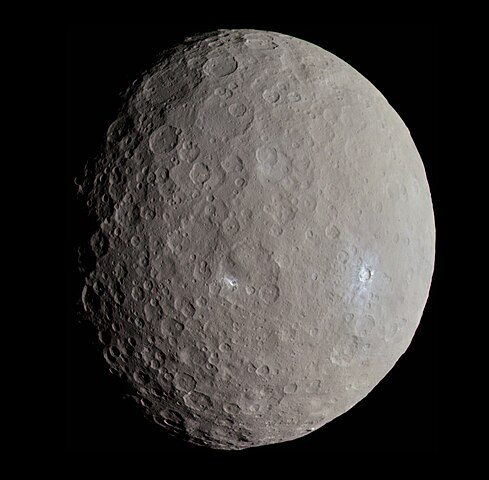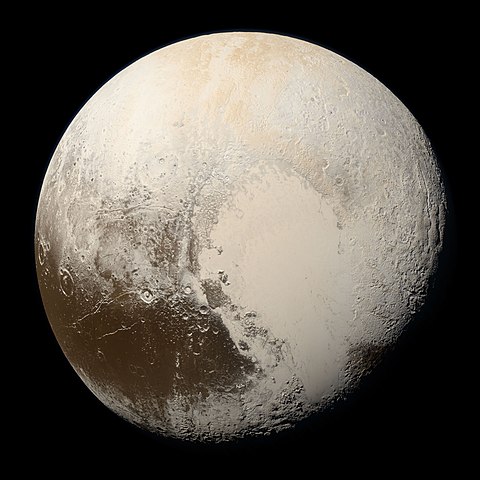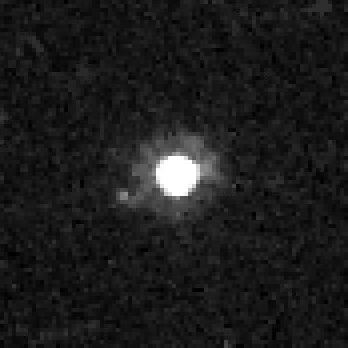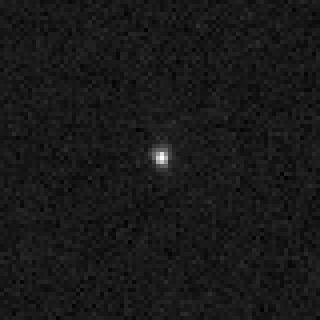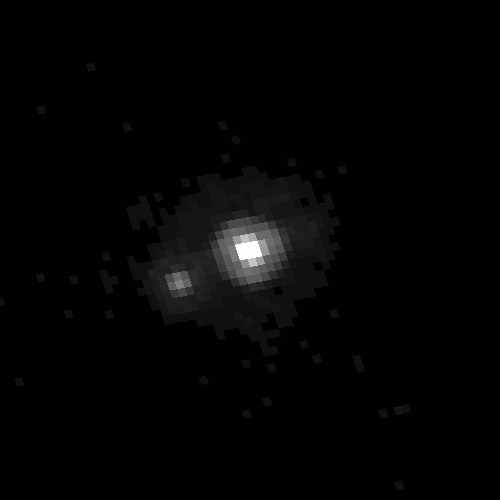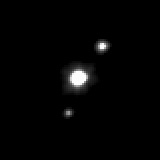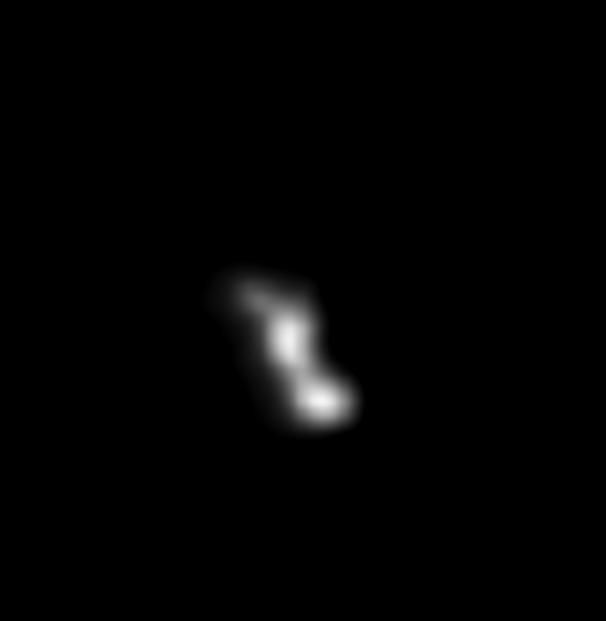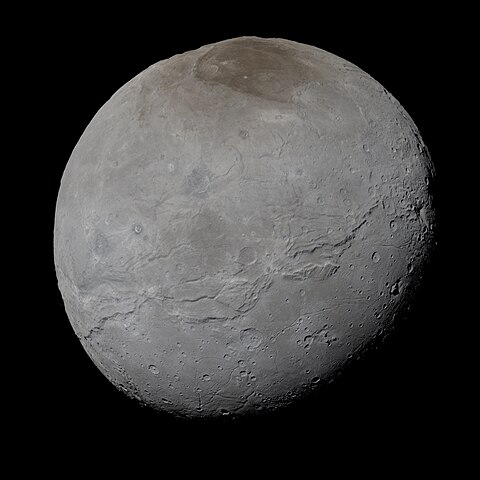1 day / second
0.5 AU
1 Ceres
Dwarf Planet
The largest object in the asteroid belt and the only dwarf planet in the inner Solar System, Ceres is a spherical body composed primarily of rock and ice, with a dark, heavily cratered surface and mysterious bright spots of salt deposits in its Occator crater.
Key Facts
orbital regime | Asteroid Belt |
learn more | Wikipedia |
mass | 9.3839e+20 kg |
radius | 483.1 km |
hill radius | 206,384 km |
semi-major axis | 2.765 AU |
eccentricity | 0.076 |
inclination | 10.594º |
longitude of the ascending node | 80.305º |
argument of periapsis | 73.597º |
orbital period | 4.599 years |
sidereal rotation period | 9.074 hours |
axial tilt | 4º |
surface gravity | 0.027 g |
discovery date | January 1, 1801 |
discovered by | Giuseppe Piazzi at Palermo Observatory |
name origins | Named after Ceres, the Roman goddess of agriculture and harvest |
albedo | 0.09 |
material composition | Mix of rock and ice, C-type and G-type asteroid composition |
density | 2.162 g/cm³ |
Spacecraft Visits
Dawn
Orbiter
Launched in 2007, entered orbit in 2015
Dawn spent over three years orbiting Ceres at various altitudes between 2015 and 2018, mapping the dwarf planet's surface in unprecedented detail and discovering evidence of subsurface oceans and organic compounds.
